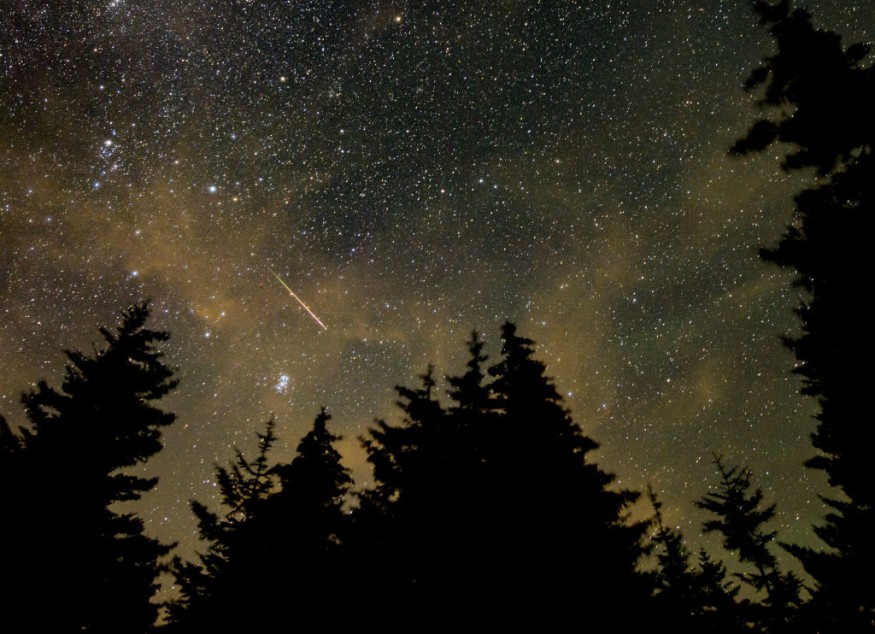
Stargazers, mark your calendars! The Leonid meteor shower, one of the fastest and most dazzling annual celestial displays, will peak this weekend.
From the night of November 16 into the early morning of November 17, and again from late November 17 until dawn on November 18, the Leonids will light up the sky with streaks of shooting stars.
Leonid Meteor Shower Set to Light Up the Sky
The Leonids, active from November 3 to December 2 this year, are named after the Leo constellation, where the meteors appear to originate. At their peak, under ideal conditions, viewers might spot up to 15 meteors per hour zipping through the atmosphere at an astonishing 158,400 miles per hour.
Unfortunately, a nearly full moon this weekend may make it harder to see the fainter meteors, but bright fireballs and long-lasting Earth-grazers could still put on a memorable show.
Meteor showers like the Leonids occur when Earth crosses paths with a trail of debris left behind by a comet. In this case, the Leonids are the remnants of Comet 55P/Tempel-Tuttle, a 2.24-mile-wide comet that orbits the sun every 33 years, Smithsonian Magazine said.
As Earth travels through the comet's debris field, tiny particles burn up in our atmosphere, creating the bright streaks known as meteors.
The Leonids are unique for their speed and intensity. Occasionally, every 33 years or so, the shower transforms into a meteor storm, producing over 1,000 meteors per hour.
The most famous Leonid storm occurred in 1833, when thousands of meteors filled the sky, leaving viewers awe-struck and inspired. The last meteor storm was in 2002, and scientists predict the next one won't happen until 2035-or possibly as late as 2099.
How to Watch the Leonid Meteor Shower: Best Tips
For the best chance of seeing the Leonids, find a dark location far from city lights. Stargazers should lie flat on their backs with their feet pointing east and take in as much of the sky as possible.
Patience is key, as meteor activity may vary throughout the night. Avoid looking at bright screens, and let your eyes adjust to the darkness for 20-30 minutes.
According to Newsweek, this year, the bright moonlight may make viewing more challenging. To improve your chances, look for a spot where the moonlight is blocked, such as a valley, a forest, or the shadow of a building.
Even with these challenges, fireballs and Earth-grazers, which are brighter and more colorful meteors, could make the experience worthwhile.
Bundle up, grab a blanket, and enjoy this spectacular celestial event. Even under less-than-perfect conditions, the Leonid meteor shower promises a breathtaking connection to the wonders of the universe.
© 2025 ScienceTimes.com All rights reserved. Do not reproduce without permission. The window to the world of Science Times.











